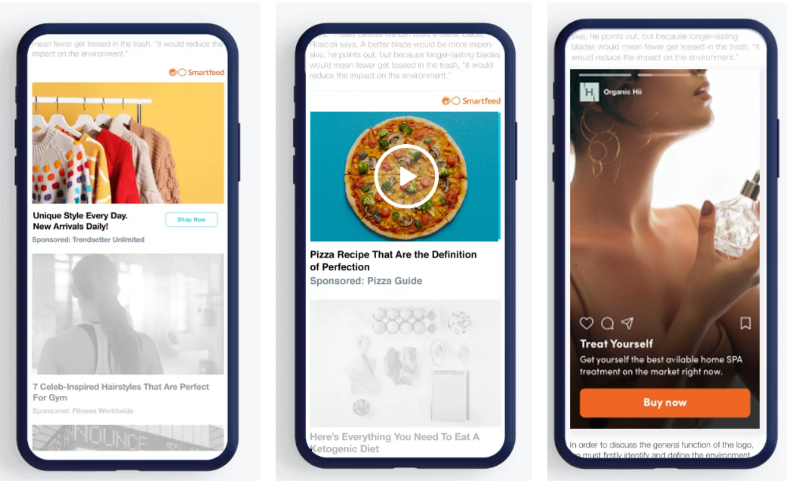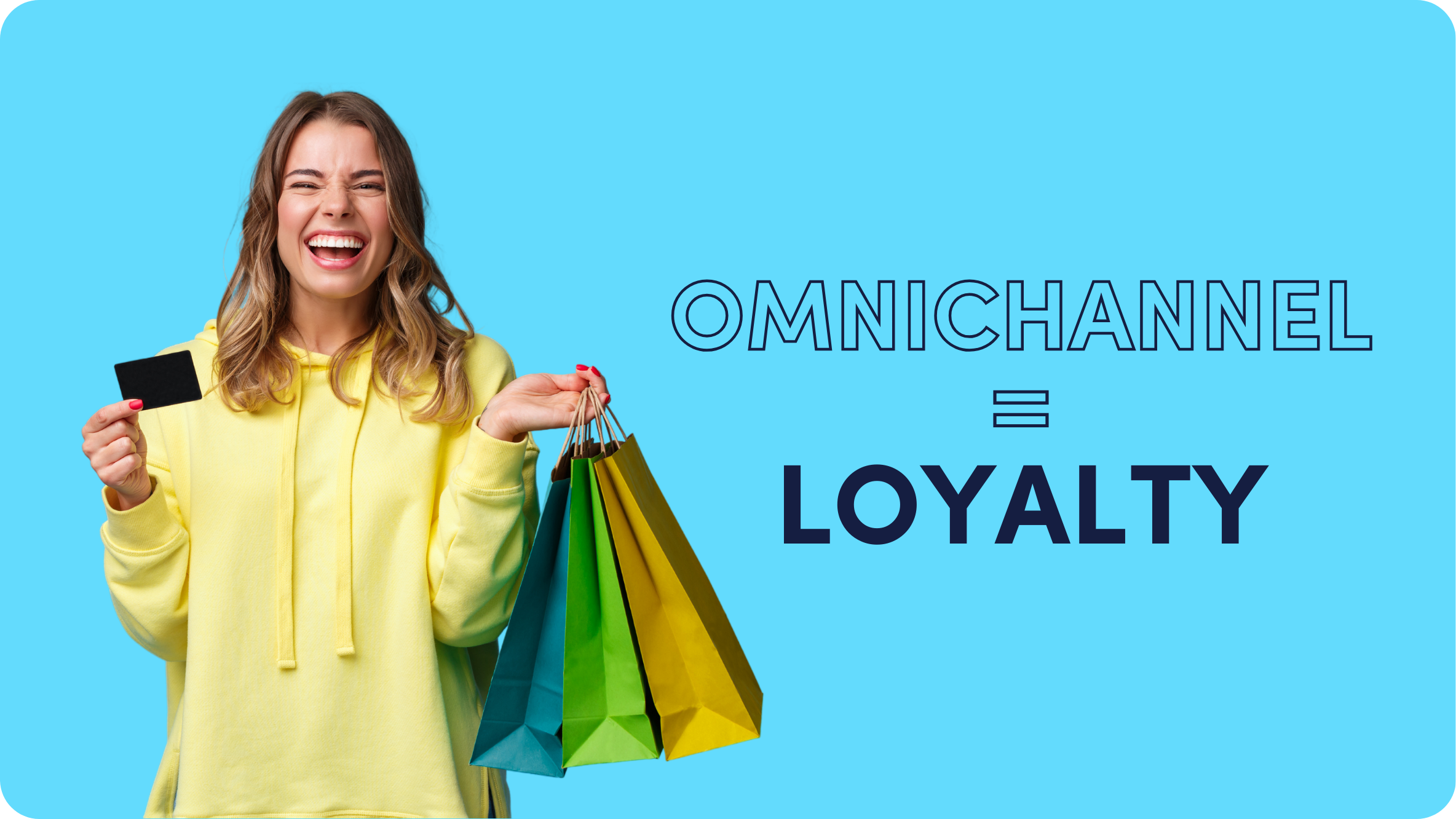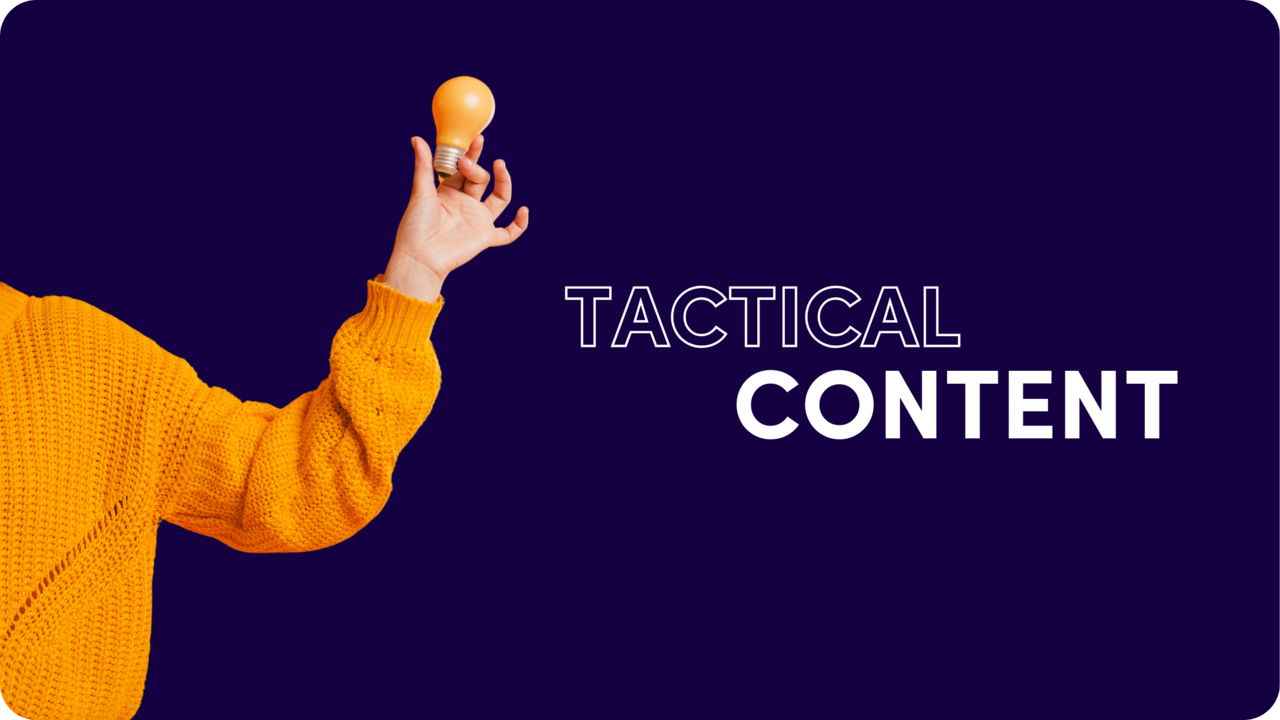Outbrain Advertising: What It Is and How It Works

Advertising on the internet is a tough game.
On one side, you’ve got advertisers. What do they want? They want audiences to get excited about their ads; they want clicks, and mostly they want conversions. Getting customers to buy a product, sign up for a newsletter, request a quote, or install an app – these are the end goals.
On the other side, there are consumers. They are swamped with online ads and messages. Banner blindness and use of ad blockers is rising rapidly. People don’t want just ads; they want relevant content, useful information, and great recommendations. They want their minds engaged, their emotions stirred, their problems solved.
This is where Outbrain advertising can help. Outbrain can bridge the gap between advertisers (who are competing hard for consumer attention and ad space) and consumers (who want compelling online experiences, not boring and annoying banner ads).
Let’s take a look at what Outbrain is, how it works, and how it can provide a solid solution to the challenges that advertisers are facing.
What is Outbrain?
Outbrain is an independent native advertising platform that offers ad placements to advertisers on websites that are part of the Outbrain network. The Outbrain network includes thousands of publisher partners, among them leading news, sports, and entertainment websites such as CNN, Fox News, MSN, Sky News, Le Monde, Sankei Digital, Euronews, DER SPIEGEL, Axel Springer, The New York Post, and many more.
What Does Outbrain Do?
Outbrain helps businesses promote their products and services on the open web via native ads, or “recommendations”. It helps publishers drive traffic to their websites and earn money from visitors who click on and engage with Outbrain ads on their sites.
Outbrain connects consumers with brands and businesses while they browse the internet, helping them find products, services, and content that are relevant and interesting to them.
What Do Outbrain Ads Look Like on Websites?
Outbrain ads appear as a feed of recommended content that matches the look & feel of the specific web page. This is known as the Outbrain Smartfeed. The Smartfeed may appear at the bottom of the article, or in the sidebar. Outbrain ads can also feature in the middle of an article (“in-article”).
Outbrain ads come in many formats, including images and text, video ads, short clip video ads, and other ad types, such as Carousel ads. Outbrain ads are called Smartads because they are designed not just to look great, but to capture audience attention, engage viewers, and entice them to click and convert.

What are Outbrain Recommendations?
“Recommendations” are another name for Outbrain’s native ads. Why? Because the ads are not just served to whoever is browsing the site. Rather, Outbrain uses a sophisticated recommendation engine to target particular ads to particular users, recommending content and brands that will be of interest to them, making it much more likely that they will click.
There’s another reason why Outbrain native ads are called recommendations. Native ads are not like display ads, which are designed to hard sell a product or service. Native ads aim to expose the user to rich, relevant, and rewarding content that nurtures their relationship with the business or brand. When a person clicks on a recommendation, they are directed to a content page hosted by the advertiser, such as a blog, article, product video, or landing page, where they can learn more about what interests them.
How is Outbrain Advertising Different from Social Ads?
Social media ads are only viewed by people when they spend time on the particular network. Facebook ads only appear to people when they are on Facebook, Twitter ads only when scrolling Twitter, and so on. These are ‘closed’ networks, sometimes called “walled gardens” by those in the digital marketing biz.
Outbrain ads appear on the open web – outside the closed networks of social media – on websites where people like to browse and discover, such as news, entertainment, and sports websites. By advertising on the open web, businesses can reach a huge consumer audience on their favorite websites where they are spending more time than ever. In fact, Outbrain ads reach around 1 billion consumers (outside of social media) every month.
How Does Outbrain Work?
Advertisers set up an Outbrain Amplify account where they can create native campaigns and run them on the Outbrain network. Using the Amplify dashboard, advertisers choose their targeting preferences so their ads appear on the websites where their audience is most likely to see them.
There are three important components behind this process:
Outbrain Pixel
This is a piece of code on the advertiser’s website that tracks the actions that customers take after clicking on an Outbrain ad and landing on the site. The tracking data gathered by the Pixel provides information about user behavior and interests, which fuels the targeting strategy and campaign optimization.
Targeting
Outbrain provides a wide range of campaign targeting options, like location, placement, and audience segmentation, as well as more advanced options based on user interests, behavior, and contextual signals. This is crucial for advertisers as the internet moves towards a future without third-party cookies.
Bid Strategies
The success of any digital campaign is based on bid optimization: placing the smartest bids for ad placements in order to get seen by the best audiences at the best time at the best possible price.
- Conversion Bid Strategy (CBS): This method optimizes and auto-adjusts the bid strategy based on the campaign’s specific goals. A key benefit for advertisers is the ability to automate optimization, so campaigns are adjusted by the system automatically 24/7 to achieve better results.
- Engagement Bid Strategy (EBS): This method integrates with the advertiser’s first-party analytics data (such as Google Analytics) to optimize and adjust bids according to user behavior and intent. This is not just an effective way to tap into highly interested audiences; it is also a good solution to the phasing out of cookies, which will happen in the next couple of years.
How Much Does Outbrain Cost?
When a viewer clicks on an Outbrain ad, the advertiser pays for that click. This is known as the Pay-Per-Click model.
There is no charge for ad impressions, only for actual clicks.
The Cost-Per-Click (CPC) varies depending on several parameters, such as audience size, targeting preferences, and demand from competing buyers. The advertiser decides how much to spend and sets the campaign budget in advance. The CPC adjusts automatically to fit.
A campaign can cost $50 per day, or $500 – it’s up to the advertiser.
How Do I Advertise with Outbrain?
Here are the first 5 steps to start advertising with Outbrain:
- Create an account. Go to the registration page and follow the instructions.
- Read the Amplify Dashboard Guide.
- Go over these beginner campaign tips.
- Make sure to complete the user onboarding.
- Sign up for the Outbrain Academy Native Advertising certification course – it’s quick, free, and available on demand.










